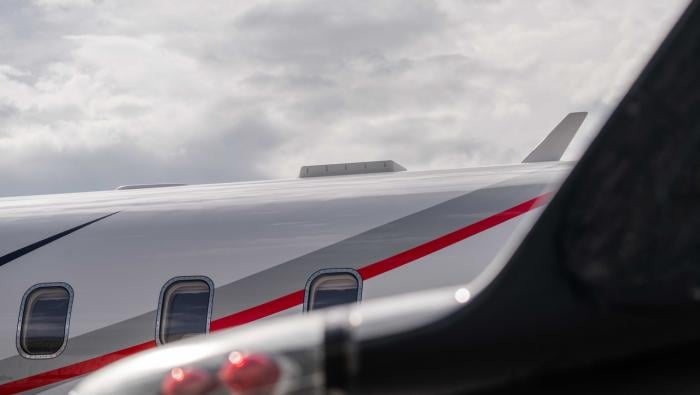Pratt & Whitney Canada claims to have improved turnaround times for customers by 20 percent through a number of advances and innovations. For example, its online diagnostic tool enables customers using its PW300 turbofan, PW100 turboprop and PW200 turboshaft engine families to diagnose their engine issues quickly.
Here at the EBACE show, the engine maker is introducing a new product called flight acquisition storage transmission (FAST). This automatically acquires, stores and transmits engine and aircraft flight data for analysis for planned maintenance.
PW&C (Stand 1539) is continuing to expand its service network. It has partnered with China’s AVIC for a joint venture in Zhuzhou, in Hunan province, for civil-certified PT6A and PW100 series engines. It also is expanding its support infrastructure in Singapore and Long Beach, California, supporting turboshaft family of engines.
Flexible solutions are the new mantra at PWC. Operators can now avoid hefty lump-sum buy-in enrollment through a Flex enrollment option for its ESP program designed for in-service engines.
Earlier this year, an effective alternative to an overhaul–a PW200 engine exchange program–was introduced that will greatly reduce logistics and eliminate turnaround times, said PWC. Under this program, the first model PW206B2 powering the Eurocopter EC135 for executive transport and police and emergency medical services, will be introduced soon. The PW200 will models will follow based on market demand.
PW800 Tests
Meanwhile, PWC expects to assemble and ground test the first demonstrator version of its new PW800 turbofan some time this year, according to the company’s president John Saabas.
The PW800, which in 2008 had won a place on the now-defunct Cessna Citation Columbus, lost its only application when Cessna suspended the program in 2009. Undeterred, PWC still sees great potential for its use on a large business jet re-engining project, if not on an all-new design.
Because the PW800 shares a common core with the PW1000G geared turbofan destined to power new airliners, including the Bombardier C Series, Mitsubishi MRJ, Airbus A320neo and Irkut MC-21, PWC has already collected substantial data on the 10,000- to 20,000-pound-thrust turbofan’s potential performance attributes. Once the company marries the engine’s core with its low spool–consisting of the fan, low-pressure compressor and low-pressure turbine–it can start validating its figures and making a definitive case to OEMs, explained Saabas.
The large business jet segment continues to outperform the small- and medium-size category due to factors such as a dearth of financing and the growth in numbers of individuals around the world who can afford to buy big jets with cash. Although PWC projects a presence in the segment on the three-engine Dassault Falcon 7X with its PW307A, it continues to suffer with something of an identity crisis in the large twin-engine market.
“Right now we’ve got to get ourselves positioned on one of those big airplanes,” Saabas told AIN. Unfortunately, not many companies appear ready to spend their resources on new large-jet project any time soon, he noted.
“We feel that the Challenger one day will need to be re-engined,” said Saabas. “We also feel that Embraer’s next step will be something bigger than the Legacy 500. If you look at [Embraer’s] product line…there’s a gap in there that we figure they will fill.”







